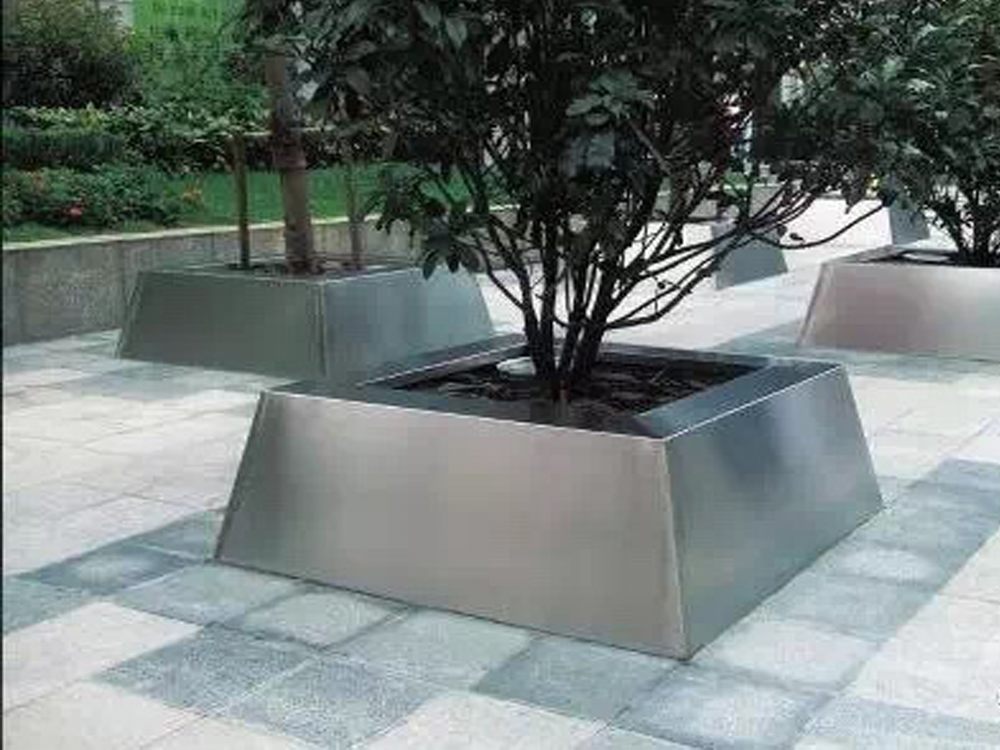
Stone sculptures have long served as a bridge between human creativity and the organic forms of the natural world. Artists throughout history have drawn inspiration from the curves of rivers, the textures of tree bark, and the fluidity of animal movements, translating these elements into enduring stone masterpieces.
The very material of stone connects sculptures to nature - marble's veining resembles flowing water, while granite's rugged surface echoes mountain cliffs. Sculptors often work with these inherent qualities, allowing the stone's natural patterns to guide their chisels. Many cultures intentionally leave portions of the stone raw, creating striking contrasts between polished human craftsmanship and untouched natural surfaces.
Organic forms dominate stone sculpture traditions worldwide. From the rounded, pebble-like shapes of Henry Moore's abstract works to the intricate floral patterns in Gothic cathedral reliefs, artists mimic nature's designs. Even when creating figurative works, sculptors frequently emphasize natural curves over rigid geometry, capturing the essence rather than literal representation of their subjects.
Contemporary stone sculptors continue this dialogue with nature, often using sustainable practices and emphasizing the stone's origin. Some create site-specific works that interact with their environments, while others carve pieces that weather naturally over time, completing the cycle between art and nature.
The enduring appeal of stone sculptures lies in their ability to freeze a moment of natural beauty while maintaining the material's connection to the earth. Whether abstract or representational, these works remind us of nature's profound influence on human artistic expression.

